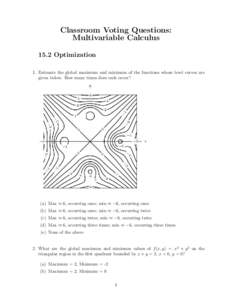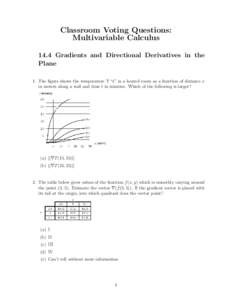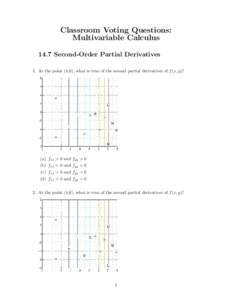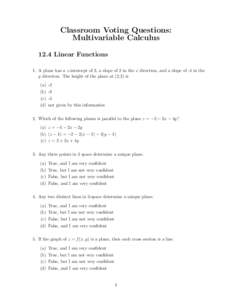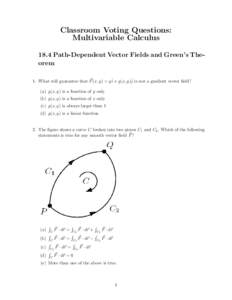<--- Back to Details
| First Page | Document Content | |
|---|---|---|
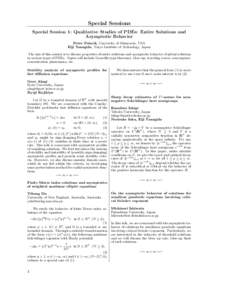 Mathematical analysis Mathematics Calculus Ordinary differential equations Asymptotic analysis Multivariable calculus Partial differential equation Lyapunov stability Stability theory Perturbation theory Equation Mathieu function |
Add to Reading List |
 Special Sessions Special Session 1: Qualitative Studies of PDEs: Entire Solutions and Asymptotic Behavior Peter Polacik, University of Minnesota, USA Eiji Yanagida, Tokyo Institute of Technology, Japan The aim of this se
Special Sessions Special Session 1: Qualitative Studies of PDEs: Entire Solutions and Asymptotic Behavior Peter Polacik, University of Minnesota, USA Eiji Yanagida, Tokyo Institute of Technology, Japan The aim of this se